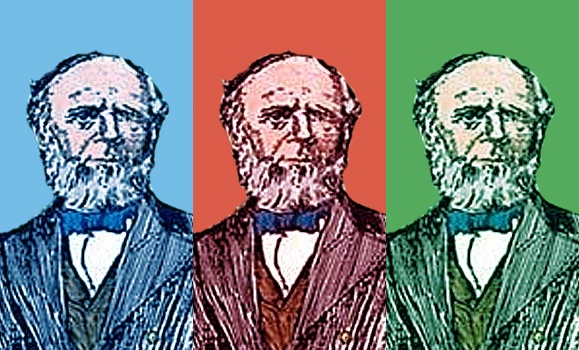When Munro Day was first created in the early 1880s, it was a different kind of celebration for a different kind of university.
There were only 116 students enrolled at Dalhousie in 1881, the year when students asked for a special university holiday in honour of publisher George Munro and his generous support for the university. That’s a whopping 165 times smaller than Dal is today; even the university’s smallest faculty today, Dentistry, is more than double what Dal’s entire enrolment was 138 years ago.
As you might expect, Munro Day was a bit more intimate of an occasion back then. The majority of students took part in activities like a sleigh ride along the Bedford Basin, followed by a fancy meal. Early Munro Days also included formal dances, sometimes with dance cards adorned with referential dance names (like the “Arts and Science Shuffle” and the “Residence Rag").
Winter activities are still a big part of Munro Day — the Dal Student Union organizes an annual ski trip — but it’s fair to say that with 19,000-plus students (not to mention 6,000 faculty/staff), everyone has lots of different ideas and ways to celebrate a day off in the colder days of February.
The man they call Munro
And just why has Dalhousie had a February holiday for 138 years?
(Well, technically, it hasn’t always been in February: it’s been in January, too, and at one point it was even in November! But it’s been February for much of Dal’s modern history.)
The man behind Munro Day wasn’t a professor or staff member or alumnus. He didn’t even live in Nova Scotia, calling New York City home for most of his life. But George Munro did have a lot of money, making a fortune publishing cheap novels. And his brother-in-law, John Forrest, sat on Dalhousie’s Board of Governors at a time when money was what Dal needed most.
“Desperate is not too strong a word for Dalhousie’s financial condition,” writes Dal historian P. B. Waite in his book The Lives of Dalhousie. Working under a very different financial model than is the case today, the university had a government grant that was set to expire and investment income was struggling to keep the fledgling school running. “Talk of closing Dalhousie down was heard on every side," adds Waite.
Upon hearing this plight, Munro stepped up to the plate: He told Forrest, "If you will find the man for the chair of Physics, I will find the money." And find it, he did: his donation of $2,000 a year to fund a chair in physics in 1879 was the first of five chairs he would support, alongside thousands of dollars in bursaries and scholarships for students.
A legacy of impact
Munro's total donations to Dalhousie ($330,000) would be upwards of $10 or $11 million today, adjusted for inflation. Observers at the time credited his gifts with saving the university — which is what inspired students to ask for a holiday in his honour.
Philanthropy still plays a key part of university life today: over the past decade (2009-2018), Dalhousie has raised $376 million in support from the community, helping fund student support/scholarships, academic programming, research and infrastructure. In celebrating Munro’s impact, Dal celebrates the role philanthropy has played across its 200-year history in supporting its mission.
Read more: George Munro's profile as part of the Dalhousie Originals series

